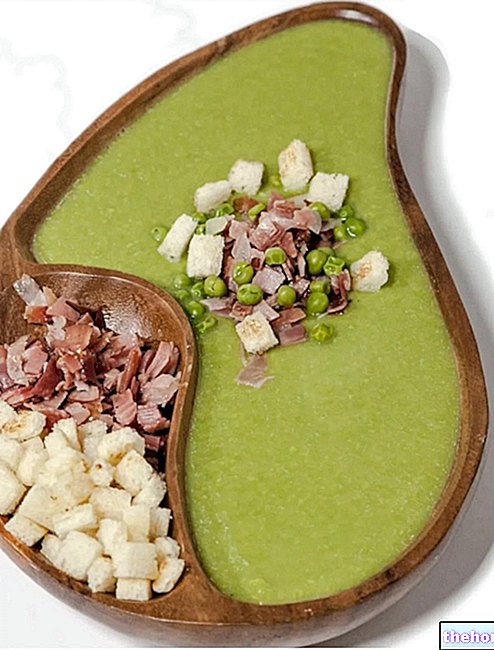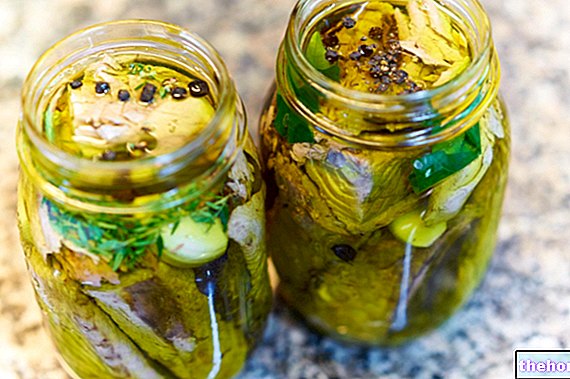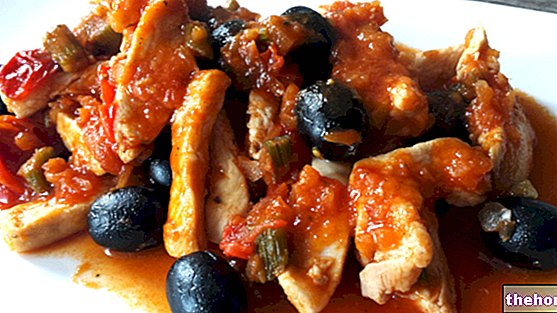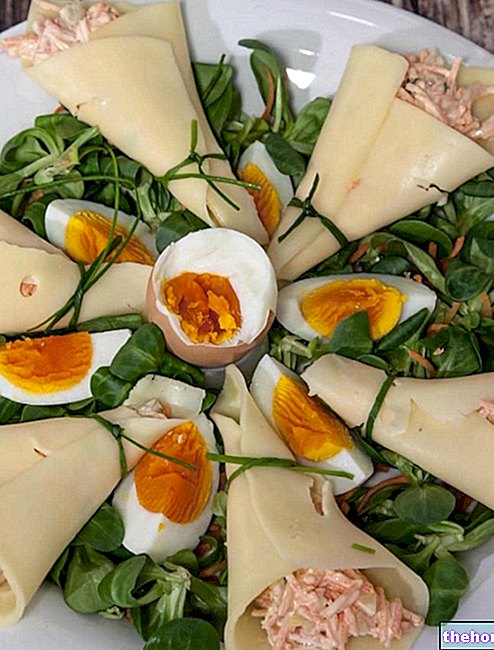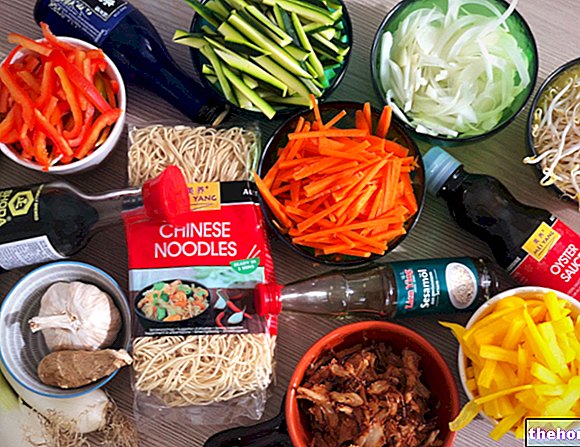Brioches, croissants, croissants whatever you want to call them, these cakes are the apotheosis of morning pleasure! I have a "soft spot" for peeled croissants, so today I decided to prepare them for you too!
Grab a pen and paper, equip yourself with a rolling pin and stay glued to the screen: today in the kitchen of My-personaltrainerTv wonders are being done!
Video of the Recipe
Problems with playing the video? Reload the video from youtube.
Identity Card of the Recipe
- 317 KCal Calories per serving
-
Ingrediants
To decorate
- 1 tablespoon of water
- 30 g of granulated sugar or granulated sugar
For the leavening
- 100 g of Manitoba flour
- 100 ml of water
- 12 g of brewer's yeast
- 5 g of sugar
To browse
- 200 g of butter
For the main dough
- 1 vanilla flavor
- 100 ml of milk
- 100 ml of water
- 30 g of butter
- 1 pinch of salt
- 60 g of sugar
- 100 g of white flour of type 00
- 300 g of Manitoba flour
Materials Needed
- Bowls of various sizes
- Transparent film
- Wooden spoon
- Scale weighs food
- Pasta cutter wheel or sharp knife
- Tape measure
- Rolling pin
- Brush
- Baking paper
- Baking plate
- Sieve
Preparation
- First prepare the leavening. Sift the Manitoba flour into a bowl. Dissolve the brewer's yeast in warm water, adding a teaspoon of sugar to activate the fermentation. Add the dissolved yeast to the flour and mix until you get a thick batter. Cover the bowl with a sheet of cling film and leave everything to rise in a warm environment for about an hour.
- In a large bowl sift the Manitoba flour with the white flour of type 00. Then combine the fermented yeast, the sugar, the vanilla flavor, the salt, the soft butter and the liquids (water and milk): mix for a long time with hands until an extremely soft and smooth dough is obtained. Place the ball in the bowl, cover with cling film and let it ferment for about 2 hours or until the dough has tripled in volume.
- In the meantime, prepare the butter, which will be used to obtain the "sfogliatura". Place the 200 g of butter in a sheet of cling film and cover with another sheet. Flatten the butter with a rolling pin until you get a rectangle measuring 15X20 cm. Place the rectangle of butter thus obtained in the fridge so that it can firm up well.
- Once risen, work the dough with a rolling pin until you get a rectangle measuring 30X40 cm, with a thickness of about 1 cm.
- Remove the stick of butter from the fridge and place it in the center of the rectangle of dough, removing the film.
Please note
The thickness of the butter stick must be approximately equal to that of the dough!- Fold the edges of the dough to seal the butter and obtain a sort of "bundle."
- With a floured rolling pin, roll out the bundle obtained into a rectangle with the same dimensions as the initial ones (30X40cm).
- Fold the rectangle in three: fold the two ends of the dough towards the center, creating three states.
- Wrap the dough in cling film, place on a tray or plate and let it harden in the fridge for 40 minutes.
- After 40 minutes of rest, remove the dough from the fridge, place it on the lightly floured work surface, taking care to arrange the free end to our right. Gently tap the dough with a rolling pin so that the butter is distributed well. Then roll out the dough until you get the starting rectangle again (30X40 cm). Fold the rectangle in three: fold the two ends of the dough towards the center, creating three states. Wrap with plastic wrap and leave the fridge to harden for 40 minutes.
- Repeat the procedure described in point 10 again, leaving the dough to rest for 40 minutes in the fridge.
- After the last 40 minutes of rest, roll out the dough into a rectangle 30X40 cm, to a thickness of about 7-8 mm.
Please note
To facilitate the complex peeling operation, the dough must always be very cold: the longer the dough remains in the fridge, the easier it will be to lay it out.- Carve the dough with a knife or a pastry wheel to form rectangles with a base of 6-7 cm, with a height equal to that of the starting rectangle (30 cm).
- Cut each triangle at the base: this way you will have more dough to wrap the croissant. Widen the base of each engraved triangle and wrap it around itself.
- Place the croissants thus obtained on two plates lined with baking paper, taking care to maintain a certain distance between one and the other.
- Leave the croissants to rise at room temperature or at 25-27 ° C for about 1 hour and a half, so that they double their volume.
- Brush the surface of the croissants with water and sprinkle with granulated sugar or granulated sugar.
- Preheat the frono to 200 ° C and cook for 5 minutes. Lower the temperature to 180 ° C and cook until golden brown for another 15-20 minutes.
Alice's comment - PersonalCooker
Delicious with cappuccino but sublime even alone, croissants are always the most popular desserts in the morning! There is no need to rush to the breakfast bar: from today the best breakfasts are eaten at home, perhaps in sweet company!Nutritional values and Health Comment on the recipe
Puffed Croissants are sweet pastry foods. They bring a lot of calories, mainly deriving from fats and carbohydrates. The protein content is not very high and the fiber is lacking.
As they do not contain eggs, the cholesterol intake is moderate but the prevalence of saturated fatty acids makes Croissants NOT suitable food in case of hypercholesterolemia. Furthermore, Puffed Croissants are to be excluded in the diet of the overweight subject and in that of the diabetic. The average portion corresponds to about 35g (110kcal).

